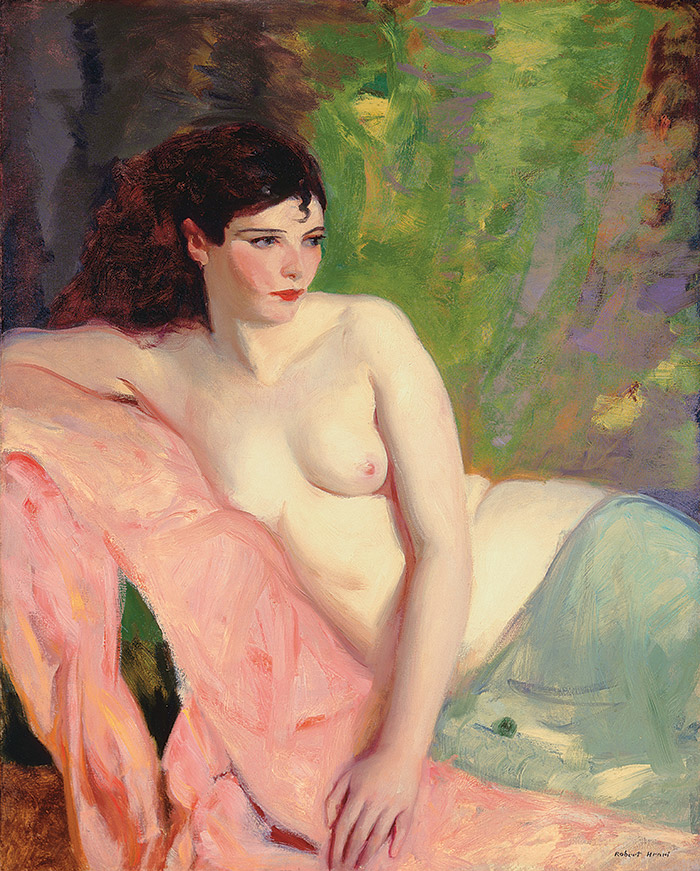The Eight and American Modernisms
After its two-week debut in New York’s Macbeth Galleries in 1908, the first and only exhibition of paintings by a group of independent artists dubbed The Eight—American artists Arthur B. Davies, William Glackens, Robert Henri, Ernest Lawson, George Luks, Maurice Prendergast, Everett Shinn, and John Sloan—traveled to major art institutions on the East Coast and in the Midwest. A mixture of artists in their prime and those who were on the verge of success, they caught the attention of the American art world with one fabulously successful show. Their eight stylistically different approaches were seen to challenge the academic preference for the genteel tradition of “art for art’s sake,” which had dominated the American art establishment for decades.
Ever since, the conventional assessment of The Eight’s artistic partnership has focused primarily on themes of urban “realism”—to the exclusion of exploring their artistic individuality. In truth, Robert Henri (1865–1929) and his colleagues were “anti-realist” or expressionist, painting from memory and imagination. A project that is long overdue, The Eight and American Modernisms reexamines the distinct aesthetic agendas of The Eight from 1908 to the end of their careers. Past scholarship has not considered the legacy of the group’s creative diversity, which Henri praised as an imaginative freedom that follows “no unity in any cult of painting.”
Built from three outstanding collections of art by these American originals—joined together on the centennial of The Eight’s original tour—the exhibition reveals the under-appreciated stylistic complexities of The Eight, artists who are now emerging as more than painters of urban realism but as the first generation of early American modernists. The Eight and its accompanying catalogue will expand the exploration of approximately eighty-five works of art more frequently studied for their subject matter than their formal qualities.
- Robert Henri, Betalo Nude, 1916 (detail). Oil on canvas. 41 x 33 in. Milwaukee Art Museum, Gift of Mr. and Mrs. Donald B. Abert. M1972.24

